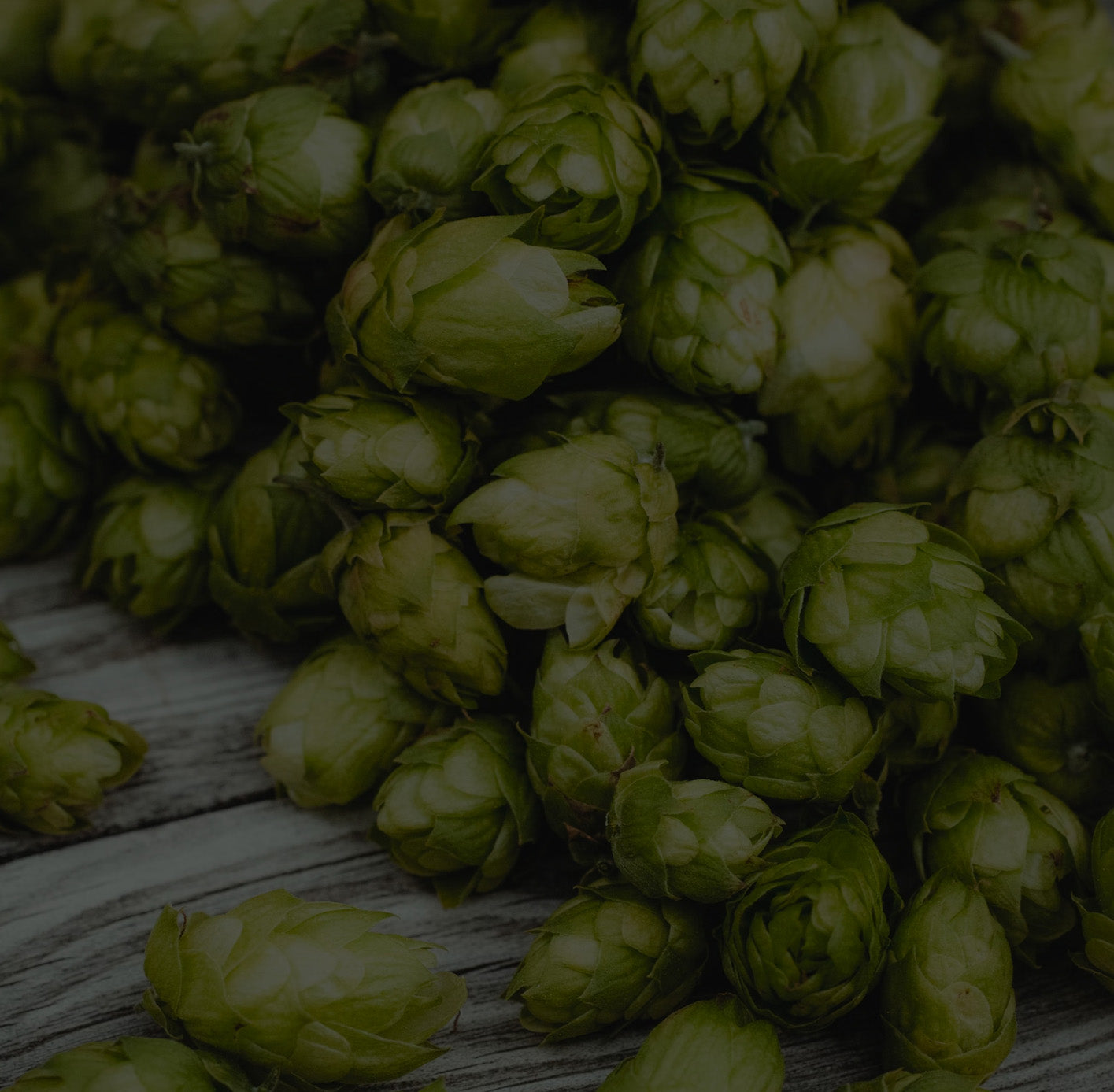 Hard apple cider is just the adult version of everyone’s favorite childhood beverage. We wanted something sweet on our taps here at the office, so we thought why not take a break from beer and brew a cider. Before we just threw some yeast into apple juice, we hit up our friend Tommy, who is a professional chef, and asked him to make a hard apple cider recipe for us. He got back to us with a unique cider recipe that we’ll never forget. Read on to see how we made it and how you can too.
Hard apple cider is just the adult version of everyone’s favorite childhood beverage. We wanted something sweet on our taps here at the office, so we thought why not take a break from beer and brew a cider. Before we just threw some yeast into apple juice, we hit up our friend Tommy, who is a professional chef, and asked him to make a hard apple cider recipe for us. He got back to us with a unique cider recipe that we’ll never forget. Read on to see how we made it and how you can too.
We brewed this beer with Clawhammer’s 120 volt 10 gallon brewing system. Watch us use it in the brew day video below.
Full Brew Day Video
Apples
We started this recipe by grinding up 35 pounds of apples.

We used this fruit grinder to crush our apples.

We didn’t core or cut our apples before crushing them because all the apple debris like stems and seeds will get filtered out by a mesh bag later in the process.

After grinding all the apples, we added the pulp to a mesh bag and then put the mesh bag into a cider press.

Our 35 pounds of apples ended up giving us around 2.25 gallons of juice.

We added this to our brewing kettle with a mesh basket inside in order to filter out any debris.

To speed the process up, we supplemented our fresh apple juice with store-bought apple cider in order to reach a total liquid volume of 5.5 gallons.

Ginger

To spice up our hard cider, this recipe calls for 3 pounds of fresh ginger root. We peeled the skin off of all our ginger and then put it into a juicer.




After juicing the ginger we added it into the kettle. Juicing ginger root as opposed to using whole pieces is a much better way to impart its flavor.
Agave Syrup

We bought a 23.5 ounce (667 gram) bottle of 100% blue agave syrup to use in this recipe and added it into our kettle with the apple juice and ginger.

This will add some agave flavor to our cider as well as create more fermentable sugars, meaning a higher ABV.
Lemongrass

We bought about 9 lemongrass stalks to add to our cider. To get these ready, we bruised them with the back of a knife to split them open a bit.

Doing this will allow our lemongrass stalks to release more oil when they’re mixed with our apple juice.

Pasteurization
We added our ginger, agave syrup, and lemongrass into our 5.5 gallons of apple juice, stirred it up a bit, and then set our kettle temperature to 170° Fahrenheit (76.7° Celsius).

Heating all of our ingredients to this temperature will kill any bacteria that’s present so our yeast can have a happy and healthy fermentation that’s free of off flavors. We did not boil our cider to kill bacteria because boiling these ingredients would make our final product cloudy.
Yeast and Fermentation
Once our cider reached 170° Fahrenheit (76.7° Celsius), we cooled it down to 80° Fahrenheit (26.7° Celsius). It’s very important to make sure everything you’re using to chill your cider is sanitized. In our case, we used a wort plate chiller to chill our cider down.

Our plate chiller works by running cold groundwater next to a hot solution without mixing them. To sanitize this, we ran Starsan through our circulation hoses and then ran our cider at pasteurization temperature through them. Once our cider was cooled to 80° Fahrenheit (26.7° Celsius) we transferred it to a fermentation vessel and pitched one packet of Lalvin EC-1118 yeast.

This is dry wine yeast and should be rehydrated before it’s pitched. Before putting this into our fermentation chamber, we aerated our cider by shaking it in the fermentation vessel.

Aerating introduces more air into the liquid which will help the yeast. We fermented this at 63° Fahrenheit (17.7° Celsius) for 10 days.
Tasting
The first thing we noticed about this cider was how dry it was. This was definitely because of the champagne yeast we used. With a starting gravity of 1.050 and final gravity of 1.001, the champagne yeast used almost all of the fermentable sugars in our cider and gave it a 6.43% ABV. However, we really liked the dry finish because it made the cider taste really crisp.
The ginger definitely came through and gave it a nice spice. Right after we kegged this, the ginger was overwhelming, but once it settled to the bottom of the keg the flavor was just right. The lemongrass did not really come through, maybe you could add more if you make this. This recipe is also entirely gluten-free, which is rare for us here at Clawhammer. Overall, this hard apple cider recipe is one we greatly enjoyed and highly recommend. Statistically speaking, we finished this hard cider faster than any beer we’ve ever made.






Leave a comment